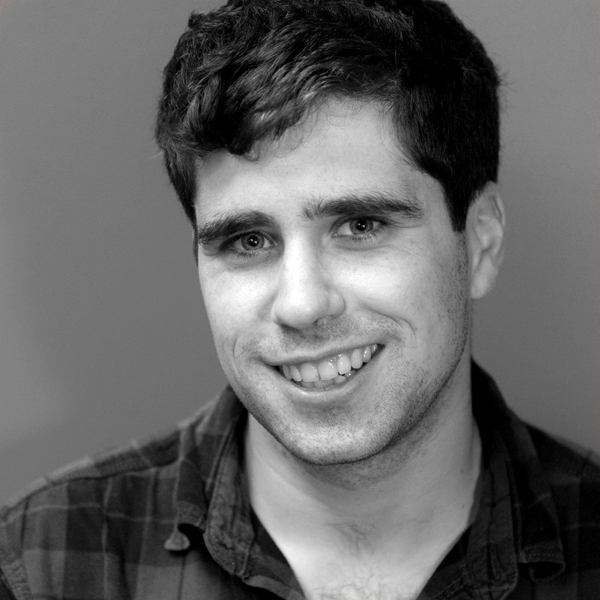Edward Snowden

In this image made from video released by WikiLeaks on Oct. 11, 2013, former National Security Agency systems analyst Edward Snowden speaks during a presentation ceremony for the Sam Adams Award in Moscow, Russia. (AP Photo)
In June 2013, Edward Snowden, a 29-year-old contractor with the National Security Agency working in Hawaii, leaked documents to The Guardian and The Washington Post, and, later, several other news organizations.
The scope of the revelations in Snowden’s documents was huge. New York public radio’s Jody Avirgan compiled a list for the public radio show On The Media: “The NSA can track the numbers of both parties on a phone call, as well as location, time and duration. It can track bank transactions… It can monitor text messages, also your YouTube views and Facebook likes, in real time… It can access your email, chat and web browsing data, map your social networks and access your smartphone app data… It can intercept and store webcam images, record phone calls, store them and replay them, up to a month later, harvest images from emails and texts and more, and feed it into facial recognition software… It can crack all sorts of sophisticated computer encryption. It can remotely access a computer by setting up a fake wireless connection. It can set up a fake LinkedIn, not a fake LinkedIn account but an entire fake LinkedIn social network.” The list goes on.
Snowden said that he repeatedly raised concerns internally about NSA activity to “ten distinct officials, none of whom took any action to address them,” before leaking the documents. The NSA denies the claim.
In June 2013, the US government leveled a series of charges against Snowden carrying a maximum sentence of 30 years in prison. But since that time, reports based on Snowden’s documents have continued to be published regularly. Should Snowden return to America, he may face a greater penalty.
Snowden left Hawaii for Hong Kong where the UK’s Guardian newspaper revealed his identity, with his consent. After the US filed charges against him and asked the authorities in Hong Kong to extradite him, he left for Moscow, with the hopes of travelling on to Ecuador, where he intended on seeking asylum. But, after the US revoked his travel documents, he remained in a transit zone in a Moscow airport for more than a month. After he was offered asylum for one year, he was given permission to enter Russia, where he remains.



